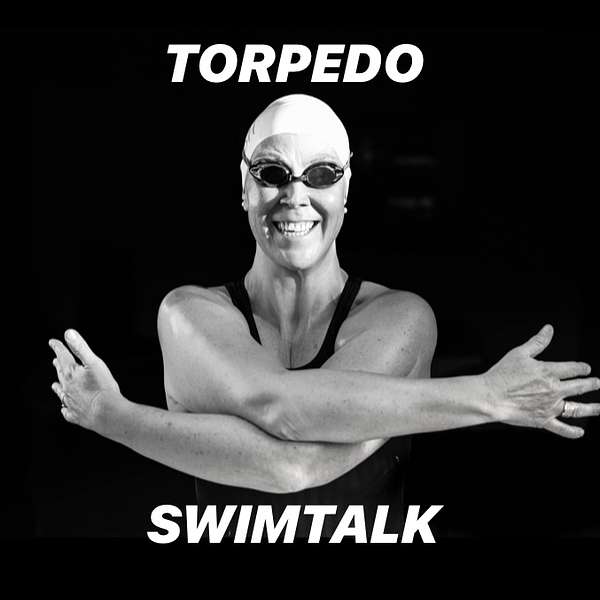
Torpedo Swimtalk Podcast
Looking for a quick dip into the world of Masters Swimming? Join us for TST Quick Splash, a bite-sized podcast that keeps you up-to-date with the latest developments and trends in the sport. Whether it's highlights from global masters swim meets or insights into open water swims, your host or special guests will deliver a concise and informative report. You'll also get valuable training tips, dry-land ideas, and product reviews to help you improve your performance in and out of the water.
Torpedo Swimtalk Podcast
Torpedo Swimtalk Podcast with Strength Coach Jack Brown - How to lift more and swim faster
Ready to rethink how strength work fits into your swim life? We welcome strength coach Jack Brown of Aqua Strength Performance to Torpedo Swimtalk Podcast and unpack a smarter approach to dryland that actually shows up on the clock. Jack blends a swimmer’s background with strength and conditioning chops to build programs that scale across youth, college, and masters athletes—without trashing shoulders, legs, or motivation.
We walk through his full-body training model built around movement patterns rather than body parts, and why that matters for swimmers. Jack explains how he doses sessions across the week, why two to three lifts is a strong baseline, and how five-day training can work when volume and intensity are managed. He breaks down meet-week adjustments—cut reps, keep intensity, boost power—so you feel primed instead of flat. We also dive into isometrics as a low-fatigue lever for tendon health, range of motion, and recovery, and how to weave one to two ISO movements into any session to feel better fast.
Chasing that first pull-up? Jack lays out a step-by-step path from lat pulldowns to band-assisted reps to slow eccentrics and finally a clean neutral or chin-up. For masters swimmers, he shares a measured blueprint: purposeful warmups, four primary lifts, simple accessories, and a seven-out-of-ten effort that respects real life while moving strength and mobility forward. Throughout, Jack’s mantra holds steady—keep the goal the goal—so the weight room builds speed, power, and durability where it counts most: in the water.
If this conversation fired you up, tap follow, share it with a lane mate, and leave a quick review. Your support helps more swimmers find training that feels good, works with busy schedules, and pays off on race day.
Connect with Jack: Instagram YouTube Website
You can connect with Torpedo Swimtalk:
Website
Facebook
Instagram
YouTube
Sign up for our Newsletter
Leave us a review
Torpedo Swimtalk is sponsored by AMANZI SWIMWEAR
#swim #swimmer #swimming #mastersswimmer #mastersswimmers #mastersswimming #openwaterswimmer #openwaterswimmers #openwaterswimming #swimminglover #swimmingpodcast #mastersswimmingpodcast #torpedoswimtalkpodcast #torpedoswimtalk #tstquicksplashpodcast #podcast #podcaster #podcastersofinstagram #swimmersofinstagram #swimlife #swimfit #ageisjustanumber #health #notdoneyet